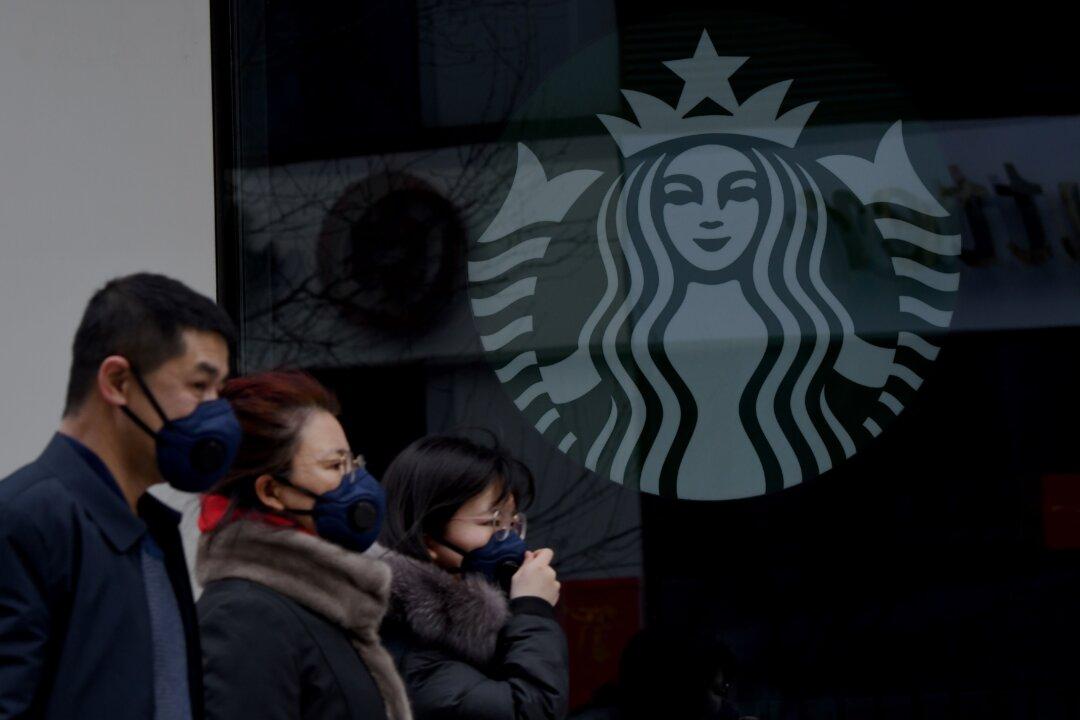Commentary
I’m not a big fan of gold. It pays no dividend, is not easily used for normal purchases, and typically limits economic expansion more than it enables it. But gold does have an intrinsic value, even if that value is difficult to nail down, and has been used as money for millennia.





